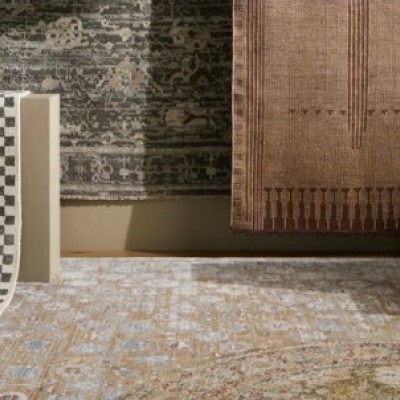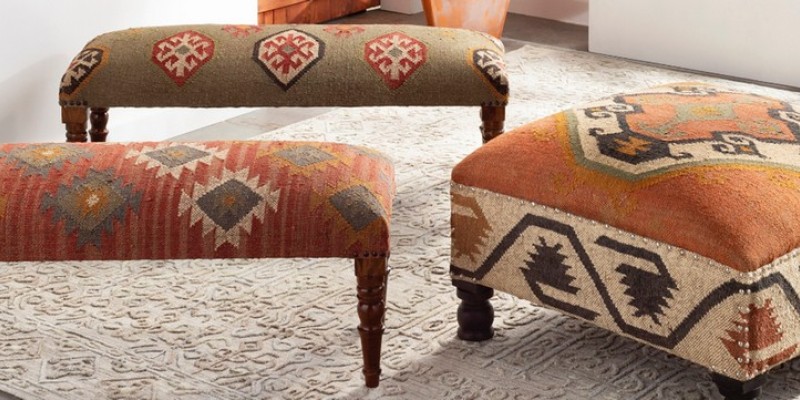
Rugs are essential to interior design, adding comfort, warmth, and style to any living area. Rug material influences its appearance, durability, and maintenance requirements. Rugs can be made from all kinds of natural and synthetic fibers, each with unique characteristics. Throughout this comprehensive guide, we will explore both the advantages and disadvantages of natural and synthetic rug materials.
Natural Fibers:
1. Wool:
Wool is a traditional material for rugs because of its luxurious feel and durability. It is naturally resistant to stains, flames, and odors, making it an ideal material for high-traffic areas. Moreover, wool rugs maintain their appearance over time and are excellent insulators, which help keep a room at a comfortable temperature. There is, however, a possibility that they may shed initially, and maintenance is necessary in order to prevent damage.
2. Cotton:
A cotton rug is lightweight, affordable, and easy to clean. Colors and patterns make them versatile for a variety of styles. Cotton rugs wear out more quickly in high-traffic areas and are less stain-resistant than other natural fibers.
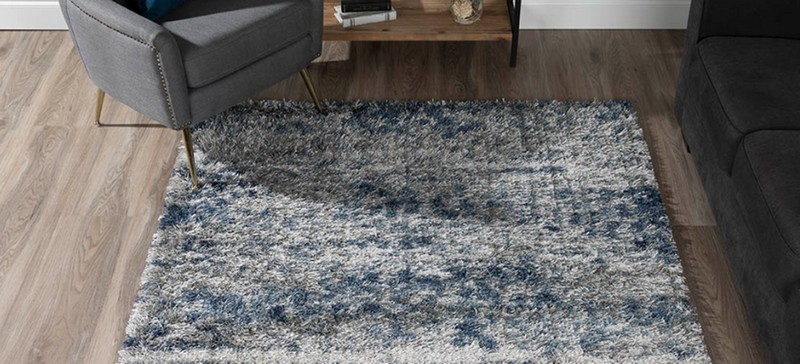
3. Jute and Sisal:
Rugs made from jute and sisal lend a rustic and organic feel to interiors. These eco-friendly options provide a great deal of texture as well as being environmentally friendly. They can, however, be less comfortable and are more susceptible to moisture, leading to mold growth or deterioration over time.
4. Silk:
Rugs made of silk are highly desirable because of their intricate designs and softness. Their luminous appearance is a result of the way in which they reflect light. Silk rugs, however, require gentle handling and care. This type of flooring is best suited for areas with little traffic and can be quite expensive.
5. Bamboo and Seagrass:
Bamboo and seagrass rugs are both durable and eco-friendly and are often used in tropical and coastal-themed interiors. Although they are resistant to moisture, they may be less soft than other natural fibers. Rugs like these work well in places that want natural textures.
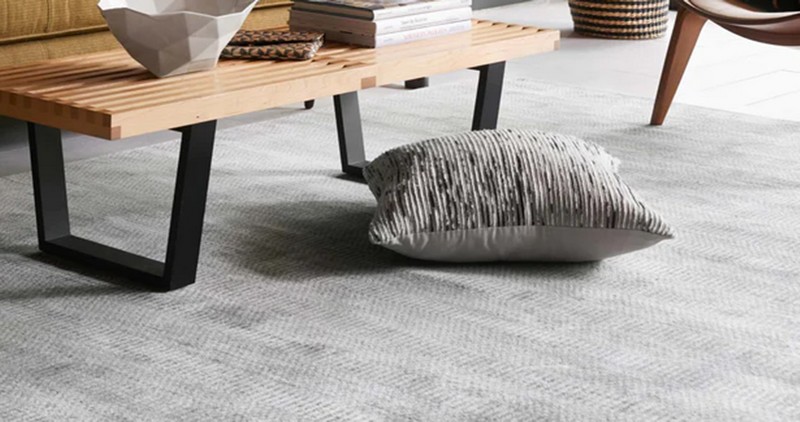
Synthetic Fibers:
1. Nylon:
A nylon rug is known for its durability, resilience, and wide range of colors. The rug is resistant to stains and crushing. However, it does fade in direct sunlight and has a higher risk of static electricity.
2. Polyester:
Generally, polyester rugs are inexpensive and incredibly durable. They are stain-resistant and last for years. However, they may not be the best option in high-traffic areas.
3. Polypropylene (Olefin):
Stains, fading, and moisture are easily removed from polypropylene rugs, making them ideal for outdoor areas and high moisture indoors. With low maintenance and emulating natural fibers, they may not feel as luxurious as natural materials.
4. Acrylic:
Acrylic rugs are similar to wool but are priced more affordably. The fabrics are resistant to fading and mildew, making them suitable for outdoor and damp environments. However, they may not last as long as natural wool.
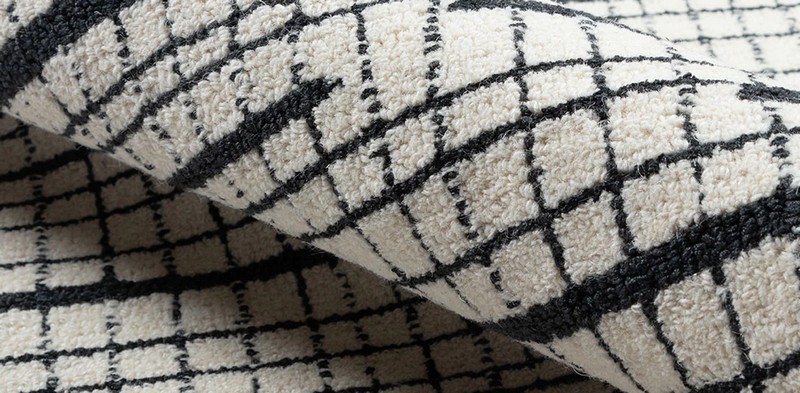
5. Viscose:
The viscose rug, which is also known as the art silk rug, is similar in appearance to silk but is less expensive. Despite their silky texture and luxurious feel, they can be delicate and require careful maintenance. The best place for them is in areas that receive little foot traffic.
Conclusion
Rugs Town offers a wide range of rug materials depending on aesthetics, budget, and intended use. Wool and silk are luxurious and durable, while nylon and polyester are affordable and easy to maintain. Make an informed decision about rug material by considering the specific needs of your space and lifestyle.


